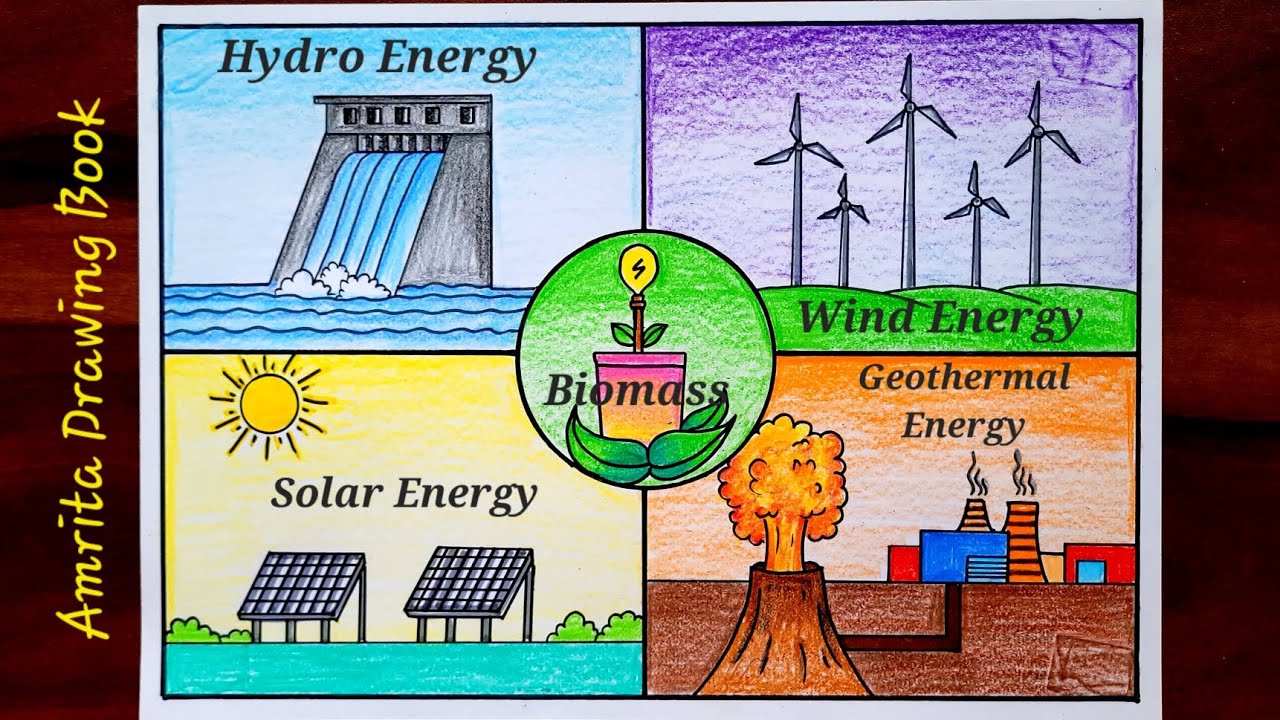
Art is a beautiful expression of creativity, and for artists, finding inspiration can sometimes be a challenge. This article explores various creative ideas and techniques that artists can incorporate into their work. Whether you are a painter, a sculptor, a digital artist, or someone who works with mixed media, these suggestions can help ignite your imagination and elevate your art to new heights.
One of the most effective ways to boost creativity is to experiment with different art mediums. Each medium offers unique characteristics and can inspire new ideas.
Watercolors are known for their transparency and ability to create soft gradients. Here are some ideas for using watercolors:
Acrylic pouring is a dynamic and fun way to create abstract art. The fluidity of the paint allows for unexpected results.
Digital art opens up a world of possibilities. Artists can use software like Adobe Photoshop or Procreate to create stunning pieces.
As artists, we can use our platforms to raise awareness about important issues, such as renewable energy. Incorporating themes of sustainability into art can inspire others and promote positive change.
Consider exploring the relationship between nature and energy in your artwork. Here are some ideas:
Utilize recycled materials to create mixed media art. This not only promotes sustainability but also encourages creativity.
In addition to exploring different mediums and themes, artists can employ various techniques to enhance their creative process.
Mind mapping is a visual brainstorming technique that can help generate ideas. Start with a central concept and branch out into related themes or subjects.
Establish a daily sketching routine. Even quick sketches can help improve your skills and stimulate your imagination. Aim for:
Participating in art challenges can push you out of your comfort zone. Some popular challenges include:
Sometimes, the best inspiration comes from the world around us. Here are ways to find creative ideas in everyday life:
Take a walk in nature and observe the colors, shapes, and textures. Bring a sketchbook to capture your thoughts and inspirations.
Visit museums, galleries, or cultural festivals to immerse yourself in different artistic styles and traditions.
Collaboration can lead to new perspectives and ideas. Consider:
In today’s digital age, technology plays a crucial role in the art world. Here are some ways to leverage technology:
There are countless online resources available to learn new techniques. Platforms like YouTube and Skillshare offer tutorials on a wide range of topics.
Social media can be a powerful tool for artists to share their work and connect with others. Consider:
Explore art apps that can help you create and edit your work digitally. Some popular options include:
Developing a unique artistic style is an important part of an artist’s journey. Here are some tips to help you discover your voice:
Reflect on the artists and styles that resonate with you. Create a mood board to visualize your influences.
Don’t be afraid to try new techniques. The more you experiment, the more likely you are to discover what works for you.
Always stay true to yourself. Your personal experiences and perspectives are what make your art unique.
Creativity is a journey that involves exploration, experimentation, and expression. By incorporating different mediums, embracing themes of renewable energy, utilizing various techniques, and finding inspiration in everyday life, artists can unlock their potential and produce meaningful work. Remember, the most important aspect of being an artist is to enjoy the process and let your creativity flow.